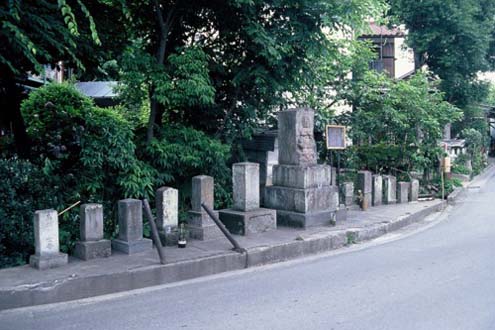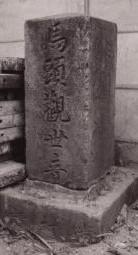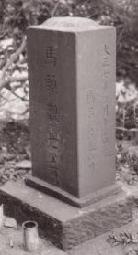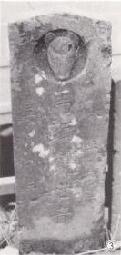Update date: June 27, 2017

Bato Kanzeon Pagoda along the old road

Bato Kanzeon Pagoda (city-designated cultural property)
Horse-Headed Kannon Belief in this belief is thought to have begun around the Nara period, but was not widespread, and only became popular in the latter half of the Edo period. This is thought to be because horses became more common in rural areas and played a larger role, and stone monuments began to be erected in various places to commemorate this belief. Horses are often used for farm work and transporting goods, and it is thought that as a result, the number of people holding memorials for beloved horses who died from illness or accidents also increased. In addition, people believed that the belief in this belief in the safe travels of horses and Bountiful harvest It also began to be held as a place of religious worship, such as praying for peace.
Looking at the Bato Kannon towers in the city, there are 45 stone towers remaining from the latter half of the Edo period to the 1950s. Among these, we will introduce the oldest, the Bato Kannon towers from the Edo period.
The most representative example is Yanokuchi's Nakajima Located in, 14 Bato Kannon towers are lined up along the old road. The stone tower in the center is culture Built in 1816, it is the oldest Bato Kannon tower in the city. It is also the largest stone tower (184 cm high) and is notable for its full-scale relief of the Bato Kannon. Requested by: Taninoguchimura The names of 19 neighboring villages, including Yanokuchi Village, are inscribed on the stone tower, which shows that it was built with the cooperation of these villages. Ferry Terminal Because it is connected to Ferry It is believed that the villages that used the ferry built this stone tower to pray for safe transportation. This stone tower is a cultural property designated by the city as a document showing the role of horses and the importance of the ferry terminal.
Bato Kanzeon Pagoda in the city
Located in the city Bato Kannon Tower Looking at the distribution of these, 18 out of a total of 45 are in the Yanokuchi area, showing a concentrated distribution. Of these, 14 are located along the old road near the Yanokuchi ferry terminal, and excluding these, the distribution is roughly the same as in other areas. Overall, there are not many of them, and they are scattered throughout the city, mainly along the old roads.
The oldest one was built in culture The oldest was built in 1816, and the most recent in 1964, spanning an extremely long period from the late Edo period through the Meiji, Taisho, and Showa periods. If we divide the stone towers that were built over a period of about 150 years by era, there are six in the Edo period, sixteen in the Meiji period, nine in the Taisho period, and nine in the Showa period, which shows that the Meiji period was the heyday.
Regarding the shape of the stone tower, Square pillar and Komagata (The top of the stone pagoda is shaped like a shogi piece) is the most common. Also, the surface of the stone pagoda is mostly engraved with the characters "Bato Kannon" and there are no full-scale reliefs. Three-faced and eight-armed There is only one example of a horse-headed Kannon statue depicting the character, at Yanokuchi Nakajima. There are three examples with a horse's face embossed above the characters.
Here are some of the Bato Kannon towers that can be seen around the city.
1 is Daimaru Yatogawa Bridge It is located near the second oldest in the city. Bunsei It was built in 1830. Member It was built by.
No. 2 is located on the north side of Hirao Neighborhood Park. The horse's name and year of death are engraved on the side of the stone monument, indicating that it was erected as a memorial for the beloved horse.
Number 3 faces the Osatate Ferry Road and features a relief of a horse's head.
Distribution by region
| region |
quantity |
| Yanoguchi |
18 |
| Oshidate |
3 |
| Higashinaganuma |
6 |
| Daimaru |
1 |
| 100 villages |
3 |
| Sakahama |
8 |
| Hirao |
6 |
| total |
45 |

1. Bato Kanzeon Pagoda in Daimaru

2. Bato Kanzeon Pagoda in Hirao

3. Bato Kanzeon Pagoda in Oshidate












